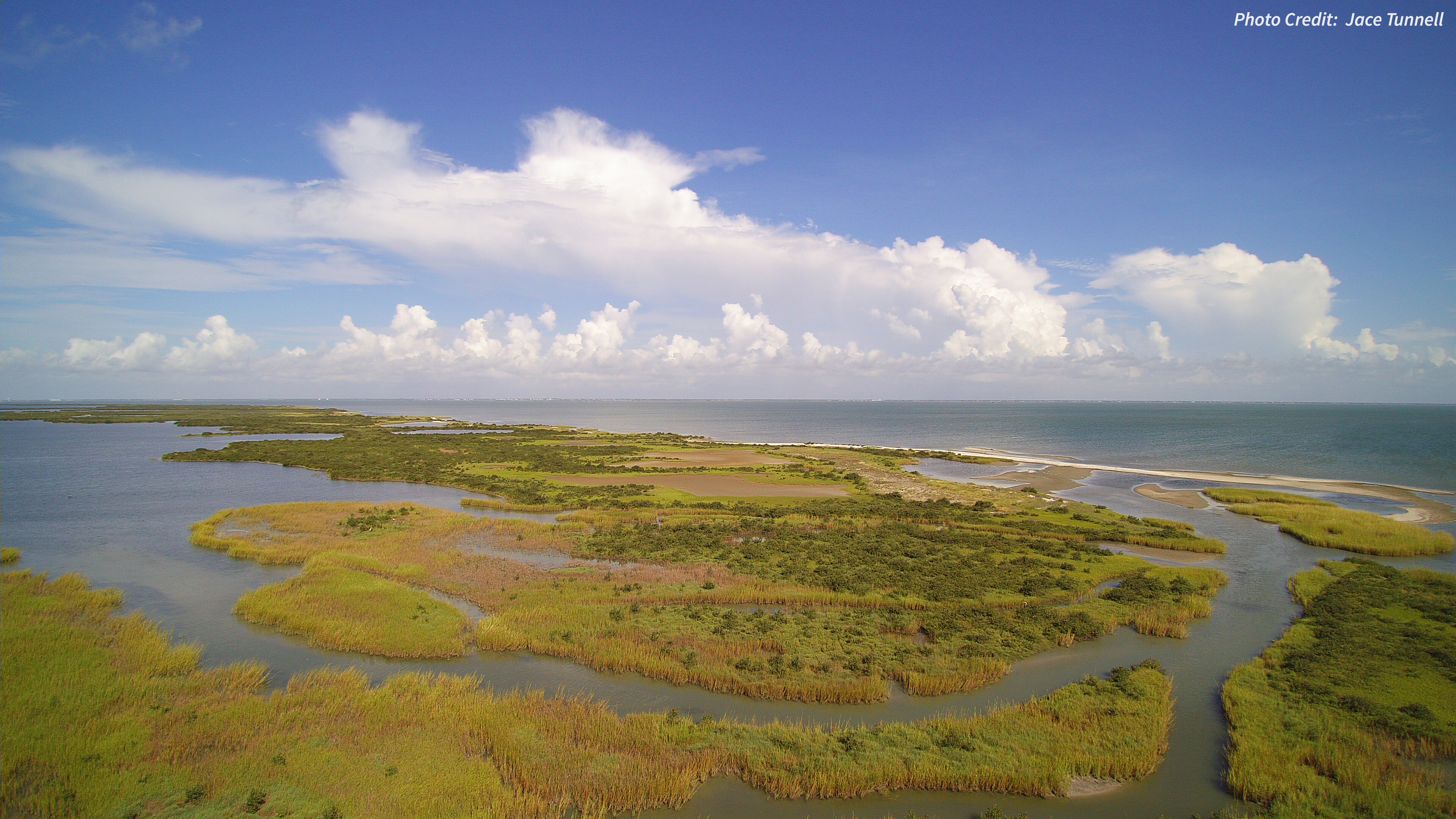States / Texas
Texas
Coastal Management
The focus is on managing coastal areas to increase resilience, with an emphasis on balancing environmental, economic, and human wellbeing. Mandated by the Coastal Zone Management Act, the two federal programs designed for this task are the National Coastal Zone Management Program and the National Estuarine Research Reserve System. Programs are administered, on the federal side, by NOAA’s Office for Coastal Management, in partnership with the coastal states.

State Programs
Coastal Zone Management
Texas Coastal Management Program. Established in 1996, the program is administered by the Texas General Land Office. The Coastal Coordination Act is the primary authority for this program. The program categorizes projects into areas like hazard response, public access, and waterfront revitalization. It provides baseline data on the health of gulf waters, supports protection of natural habitats and wildlife, and reviews federal actions in the Texas coastal zone to ensure consistency with the goals and policies of the program.
National Estuarine Research Reserves
Mission-Aransas National Estuarine Research Reserve. Designated in 2006 and protecting 186,189 acres, this reserve is located 30 miles northeast of Corpus Christi, Texas. This large contiguous complex of wetland, terrestrial, and marine environments is named for the two river systems that flow into it. Coastal prairie, oak motte, riparian freshwater, and salt marsh habitats make up the reserve. The water portion consists of three large, open, and shallow bays that support extensive tidal flats, seagrass beds, mangroves, and oyster reefs. The largest wetland habitat (24,400 acres) on the north side is part of the Aransas National Wildlife Refuge, and is the winter home to the critically endangered Whooping Crane. (See handout)
Impact Stories
Stories that showcase the recent work of this state's coastal management efforts.
- Artist Boat, Coastal Heritage Preserve Acquisition
- Designing Oyster Reefs Living Shorelines to Protect North Beach in Corpus Christi
- Enhancing Riparian Ecosystems with Nature-Based Infrastructure to Improve Coastal Resilience in Texas
- Protection and Restoration of Ayres Point Oyster Reefs
- Improving our Coasts with High-Resolution Land Cover Data
- Protection and Restoration of a Bird Nesting Island in Aransas Bay
- Gulf Coast Towns Lower Flood Insurance Rates, with NOAA’s Help
- Texas Scientists Investigate Record-High Numbers of Stranded Loggerhead Turtles
- NOAA Strengthens Resilience Before, During, and After Disasters
- NOAA Cheers Citizen Scientists
- Blue Carbon Enterprises Lessen Climate Change Damage
- NOAA’s “Green” Expertise Meets New Infrastructure Era
- Befriending Coastal Birds
Additional Resources
*Fast Fact Sources:
People: American Community Survey Five-Year Estimates
Beaches and Estuaries: Shoreline Mileage of the United States
Employment and Economy:
Marine Economy for the Coastal U.S. States
Marine Economy for the U.S. Territories